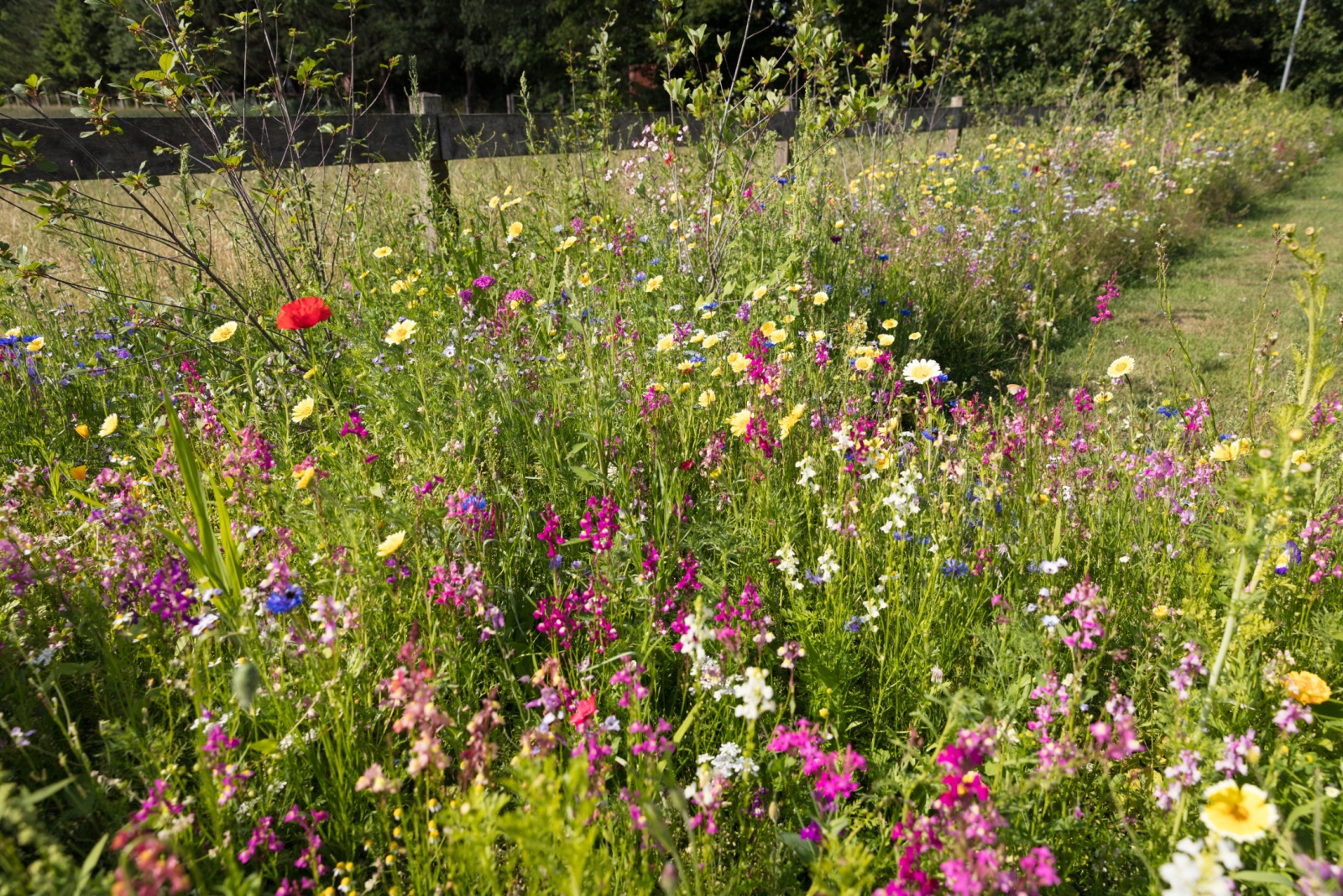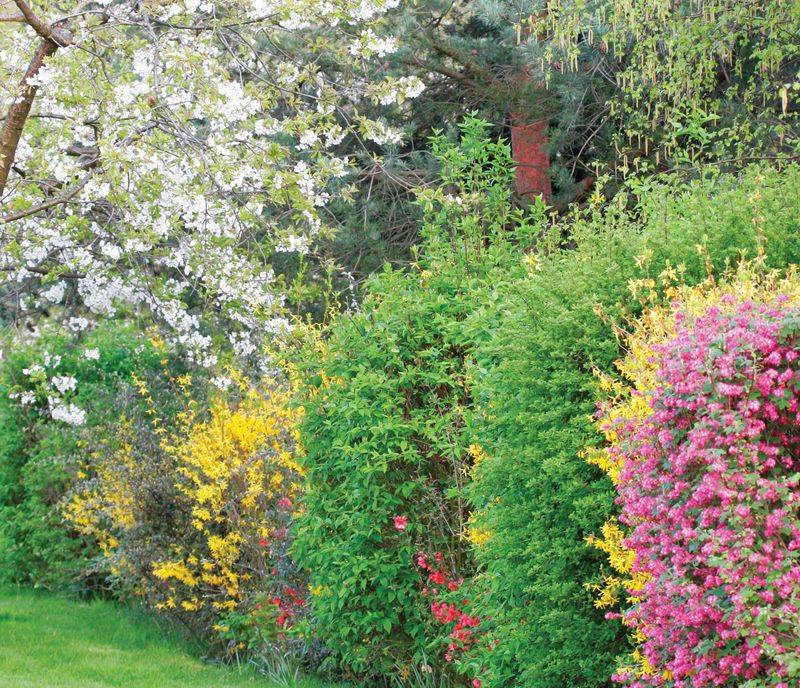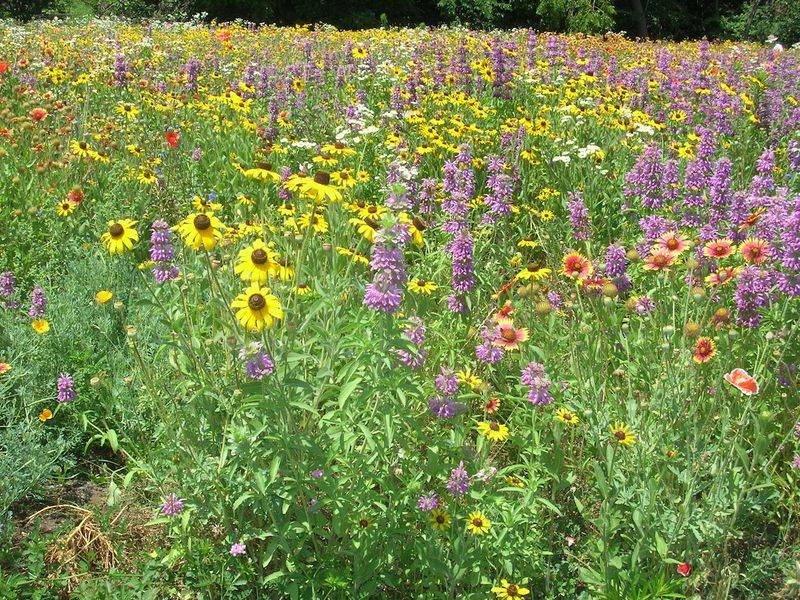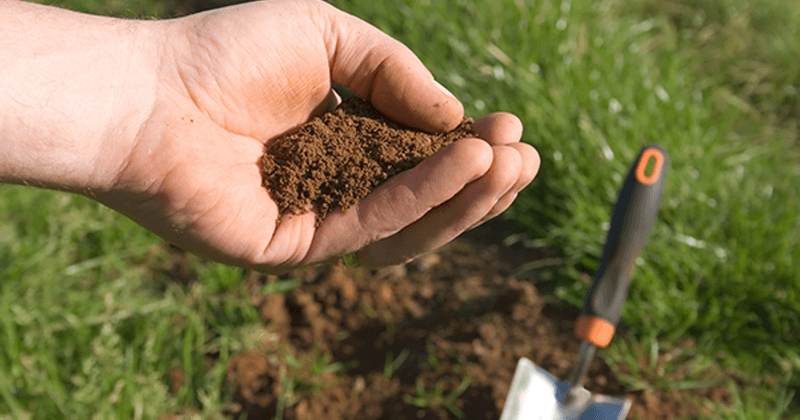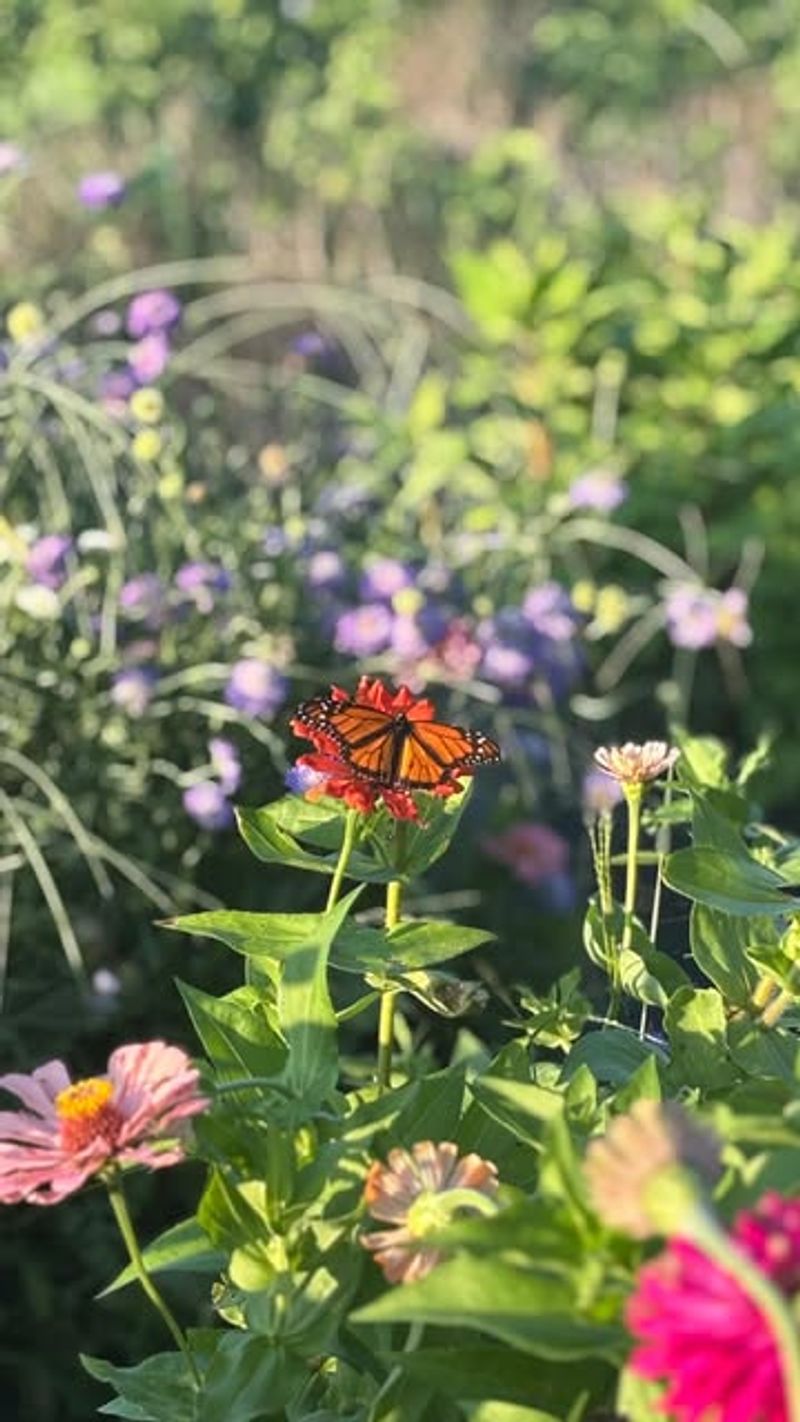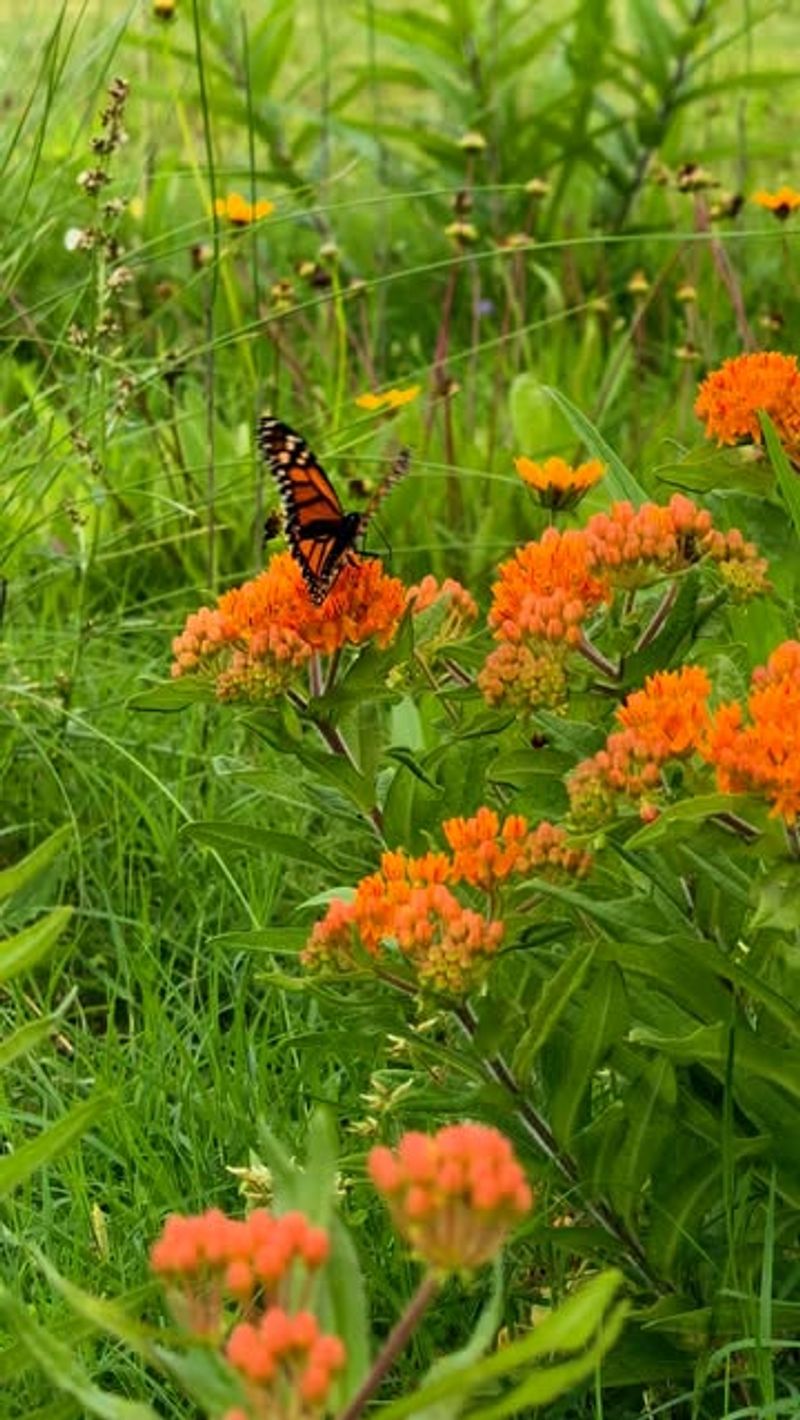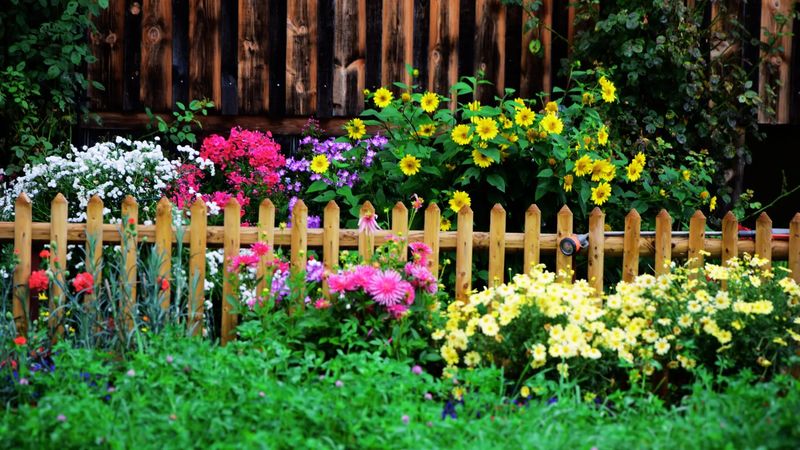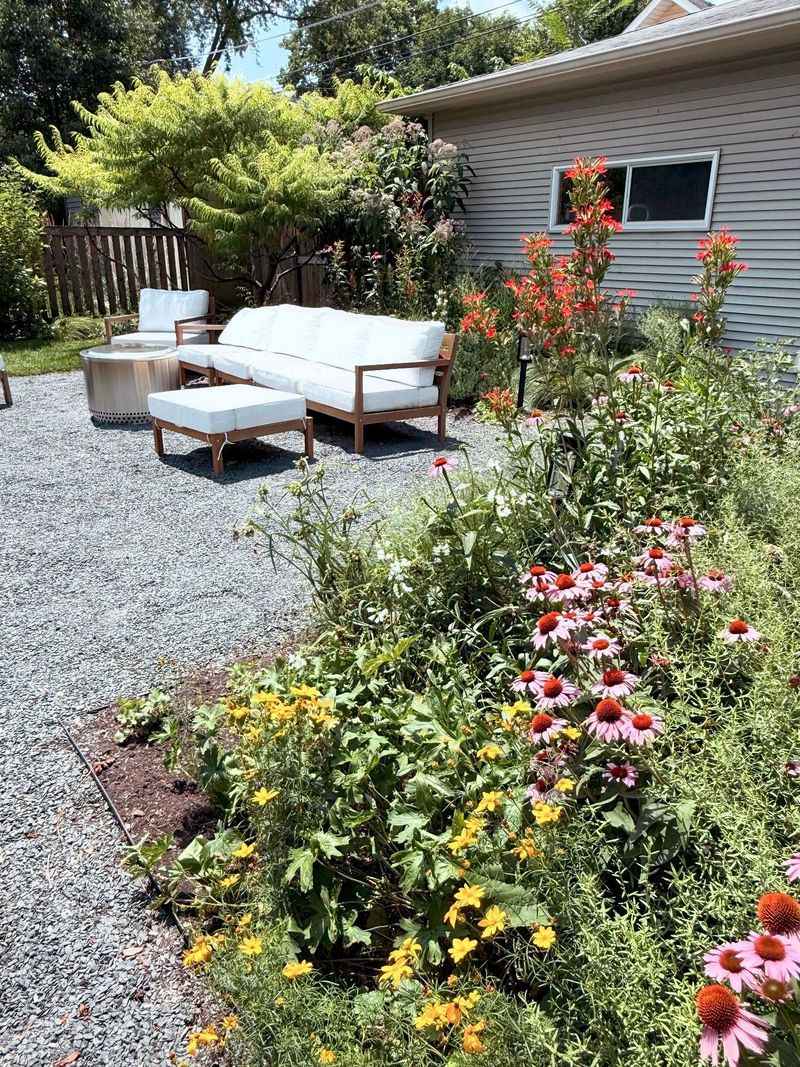Turning the space along your fence into a pollinator strip brings life to an overlooked area. Bees, butterflies, and other helpful insects will flock to it. It’s a simple way to support nature right at home.
In Iowa, native pollinators are losing ground as habitats disappear. That makes backyard efforts more than just a trend—they’re vital. Even small gardens can make a big difference.
A fence-side pollinator garden adds color, movement, and purpose to your landscape. Once it’s established, it’s low-maintenance and high-impact. Beauty and biodiversity, all in one strip.
1. Choose the Right Location Along Your Fence
The fence line on the south or east side of your property makes an ideal pollinator strip location. These spots typically receive 6-8 hours of sunlight daily, which most flowering plants need to thrive.
Iowa’s climate can be harsh, so using your fence as a windbreak gives delicate plants protection while they establish themselves. I’ve found my south-facing fence creates a perfect microclimate that extends our growing season.
Measure your intended strip before planning – most successful pollinator gardens need at least 3-4 feet of width to support diverse plantings and create habitat corridors for insects to travel safely.
2. Select Native Iowa Prairie Plants
Native plants have evolved alongside local pollinators for thousands of years, making them perfect matches. Species like purple coneflower, wild bergamot, and butterfly milkweed thrive in Iowa’s conditions without extra fussing.
My neighbor laughed when I planted joe-pye weed along my fence, but it’s now the neighborhood butterfly hotspot every August! Native plants require less water once established and handle our Iowa weather extremes better than exotic varieties.
Group plants in clusters of at least three of the same species – this makes it easier for pollinators to find and feed efficiently while creating visual impact in your garden design.
3. Prepare Your Soil Properly
Good soil preparation makes all the difference for a successful pollinator strip. Start by removing existing grass and weeds completely – I learned this lesson the hard way after skipping this step my first time.
Test your soil to understand what you’re working with. Many Iowa soils benefit from added compost to improve drainage and nutrient content. The fence area might have compacted soil from construction, so loosen it to at least 12 inches deep.
Consider adding a barrier along the fence line to prevent grass from creeping back into your pollinator strip. A simple edging of buried metal, plastic, or stone creates a clean boundary that makes maintenance easier.
4. Create Blooming Seasons for Year-Round Support
Plan your pollinator strip to provide continuous blooms from early spring through late fall. Early bloomers like wild geranium and columbine feed the season’s first bees, while asters and goldenrod fuel fall migrations.
Summer can be brutal in Iowa, so include drought-tolerant plants like blazing star and black-eyed Susan that keep flowering during July and August heat. Last summer, my blazing stars remained stunning despite weeks without rain.
Map out your planting schedule on paper first, organizing plants by bloom time and height. Taller plants typically work best against the fence, with shorter species in front where they won’t be shaded out.
5. Add Butterfly Host Plants
Butterflies need more than nectar – they need specific host plants where they lay eggs and their caterpillars feed. Milkweed is famous as the monarch’s only host plant, but other Iowa butterflies have their own requirements.
When I added wild senna to my fence garden, I was rewarded with cloudless sulphur butterflies the very next season! Include dill, parsley, or golden Alexander for swallowtails, and violets to support fritillaries.
Don’t worry about caterpillar damage – that’s exactly what these plants are for! A few chewed leaves mean your garden is successfully supporting the complete butterfly lifecycle, which is something to celebrate.
6. Water Wisely During Establishment
New pollinator plants need consistent moisture during their first growing season, even drought-tolerant natives. Creating a simple irrigation system along your fence makes this task manageable during Iowa’s unpredictable weather patterns.
Soaker hoses work wonderfully for fence-line gardens, delivering water directly to roots without wasting a drop. After watching my first pollinator garden struggle through a dry spell, I invested in a timer-controlled soaker system that made all the difference.
By the second year, most native plants develop deep root systems that rarely need supplemental watering except during extreme drought. This makes your fence strip increasingly low-maintenance as it matures.
7. Maintain With Minimal Intervention
The beauty of a native pollinator strip is its self-sustaining nature once established. Leave plant stems standing through winter – they provide nesting sites for native bees and overwintering habitat for beneficial insects.
Spring cleanup should be delayed until temperatures consistently reach 50°F. Many Iowa gardeners, myself included, have learned to resist the urge to tidy up too early and accidentally discard overwintering pollinators.
Avoid chemical pesticides completely – even organic options can harm the very creatures you’re trying to support. Hand-pulling occasional weeds and adding a thin layer of compost each spring is typically all the maintenance your pollinator fence strip will need.

